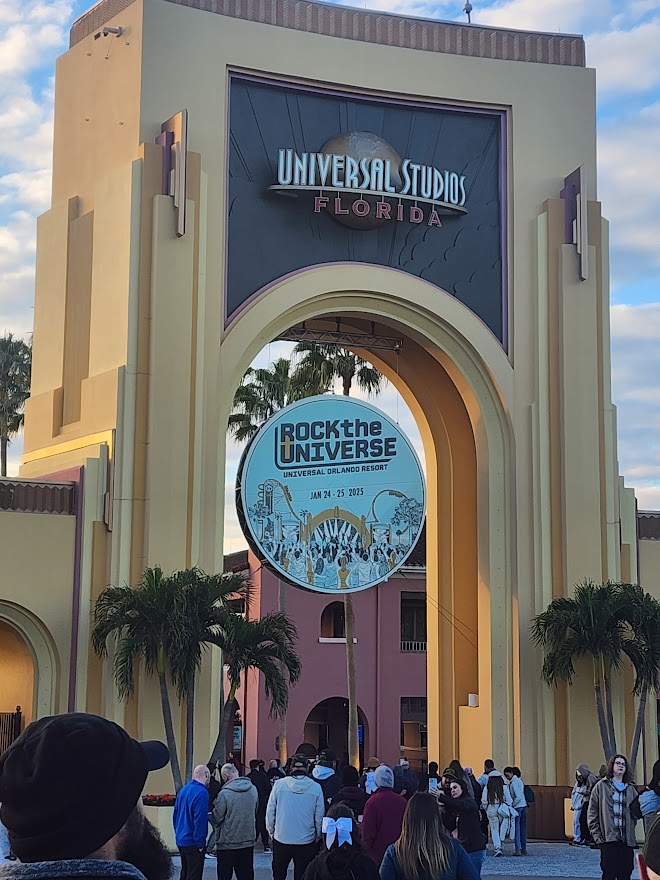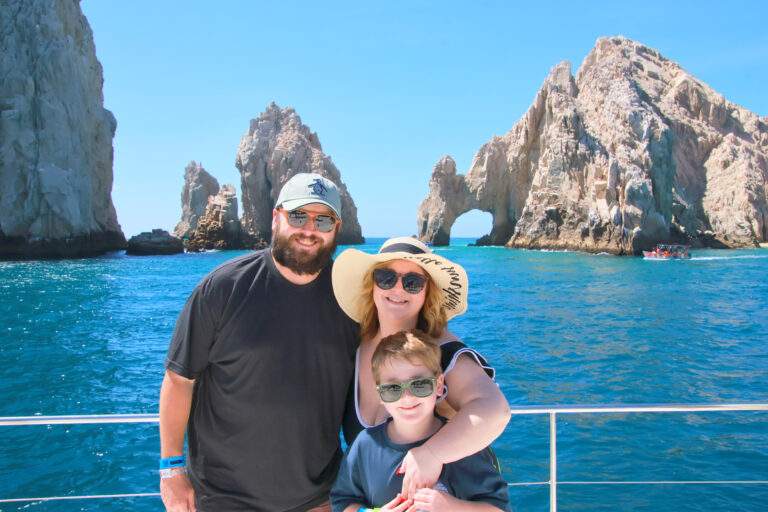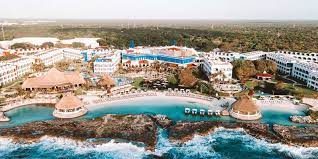Overview
Introduction
Arkansas' capital city got a lot of attention in 1957 when federal troops were sent in to enforce a Supreme Court decision against segregation in public schools.
Situated on 28 acres/11 hectares along the Arkansas River, the US$165-million William J. Clinton Presidential Center and Park includes the Clinton Library, an award-winning steel-and-glass design. From there you can take a trolley to the Old State House Museum, River Market District, North Little Rock or other attractions.
You can also visit the current Capitol Building, which was modeled after the U.S. Capitol in Washington, D.C. Don't miss the Arkansas Arts Center. The Decorative Arts Center is also nearby. Another landmark in town is the Trinity Episcopal Cathedral, which has been in continuous operation since 1884.
North Little Rock sits directly across the Arkansas River from Little Rock. There, you can visit the USS Razorback, a World War II-vintage submarine. You might also want to spend a few hours relaxing at Burns Park. At more than 1,500 acres/600 hectares, it's one of the country's largest municipal green spaces. North Little Rock is also known for its Old Mill, a building that appeared in the movie Gone With the Wind.
Toltec Mounds State Park, about 20 mi/32 km southeast of Little Rock, encompasses one of the largest ceremonial-mound sites in the lower Mississippi Valley. Built between AD 700 and 1000, the mounds tower more than 40 ft/12 m. Despite their name, they were not built by the Toltecs of Mexico but by the Native Americans of the Mississippian culture.
Annual events in the area include the Arkansas State Fair in mid-October and the Christmas Frolic and Open House at the Historic Arkansas Museum in early December.






































